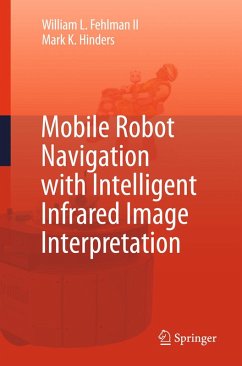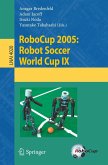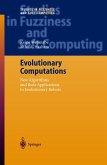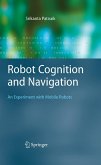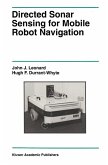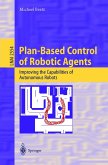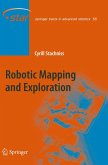The approach described in this book is an application of Bayesian statistical pattern classification where learning involves labeled classes of data (supervised classification), assumes no formal structure regarding the density of the data in the classes (nonparametric density estimation), and makes direct use of prior knowledge regarding an object class's existence in a robot's immediate area of operation when making decisions regarding class assignments for unknown objects. The result is a novel classification model which not only displays exceptional performance in characterizing non-heat generating outdoor objects in thermal scenes, but also outperforms the traditional KNN and Parzen classifiers.
Mobile Robot Navigation with Intelligent Infrared Image Interpretation will be of interest to researchers and developers of advanced mobile robots in academic, industrial and military sectors. Advanced undergraduates studying robot sensor interpretation, pattern classification or infrared physics will also appreciate this book.
Dieser Download kann aus rechtlichen Gründen nur mit Rechnungsadresse in A, B, BG, CY, CZ, D, DK, EW, E, FIN, F, GR, HR, H, IRL, I, LT, L, LR, M, NL, PL, P, R, S, SLO, SK ausgeliefert werden.

